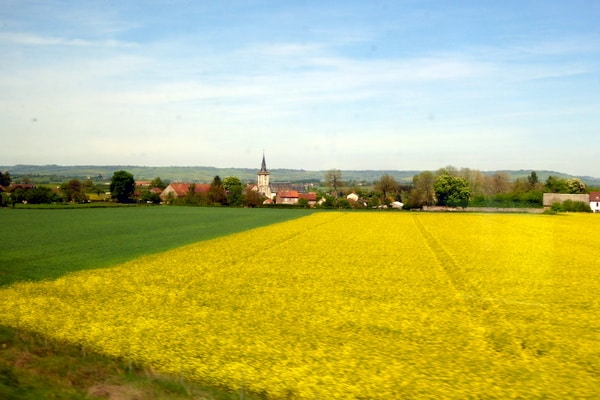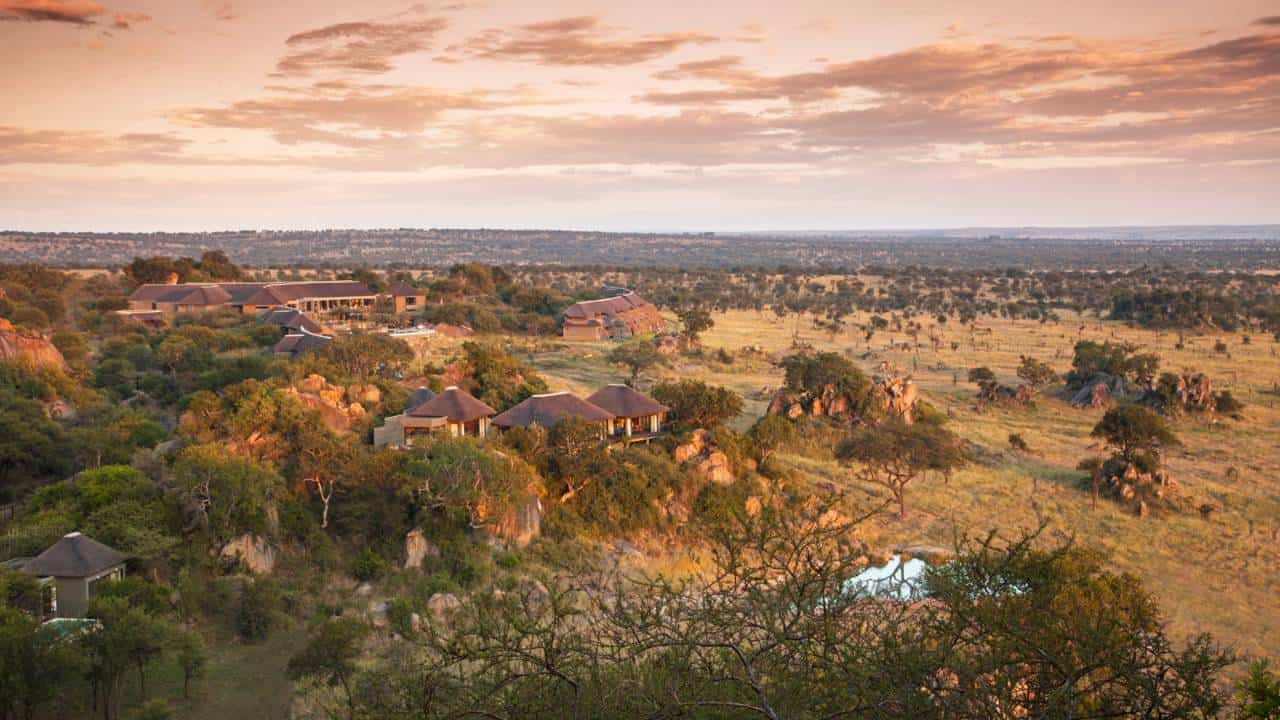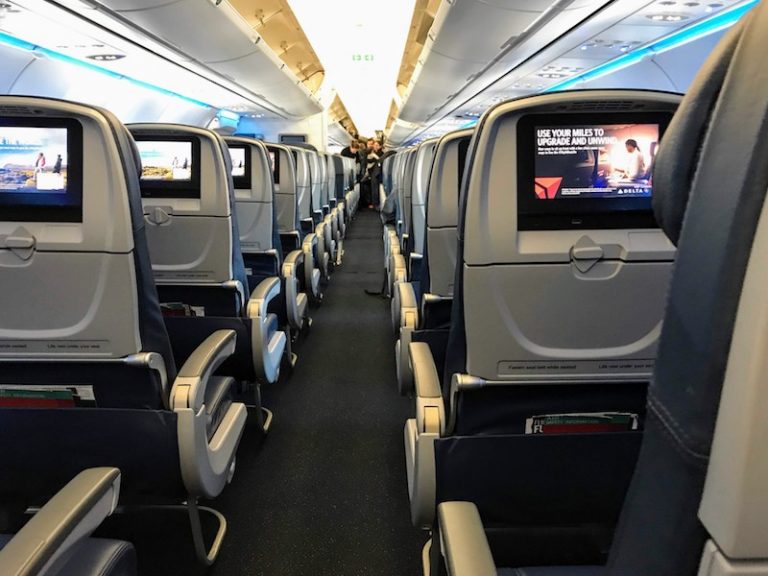5 Travel Trends Emerging After The Pandemic

COVID-19 has changed a lot of things, and the travel and hospitality industry has certainly felt the impact. There are many places that people simply cannot visit due to border closures and restrictions, quarantine rules, cancelled flight routes, hotel and restaurant closures, COVID testing requirements, and even proof of vaccination.
However, it won’t be this way forever, and as soon as we are able to, we are bound to see plenty of people flocking to go on vacation again. So, what travel trends seem to be emerging?
FIVE TRAVEL TRENDS
1 – Visiting iconic landmarks and destinations around the world

If the past year has taught us anything, it is that travel is a privilege, one that should never be taken for granted. Travelers will want to check off some of the places that have long been on their bucket lists and visit some of the world’s most famous landmarks that they’ve read about, seen on the screen or heard about from friends.
From the Great Barrier Reef to the world-famous Jacobite Steam Train, there are so many famous sites and attractions to visit. According to Misty Belles, a spokeswoman for Virtuoso, a travel agency group, we are bound to see that a lot of people will start to plan their dream vacations once the restrictions are lifted. After being grounded for a year, people feel like there is no time to waste when it comes to exploring the world and experiencing all the amazing things it has to offer.
A recent article in the New York Times points out that older travelers, usually the first to be vaccinated, are taking the lead in booking overseas trips.
2 – Taking appealing nature breaks

Considering the vital importance of mask-wearing and social distancing in preventing COVID-19 transmission, it is likely we’ll see increased interest in nature breaks. As one example, analysts report a surge in glamping bookings.
Visits to parks and camping sites enable people to embrace the great outdoors after being cooped up inside under lockdown for many months and in some cases, almost a year. Nature breaks also encourage much needed physical activity like walks, hikes and kayaking.
3 – Relocating to work remotely and restore work-life balance

There’s no denying that the pandemic has given people the sense of wanting to live their lives to the fullest. For the first time, many more people have been given license to work remotely and telecommute from anywhere. They also realize that there is more to life than work alone.
This has led to the rise of booming housing markets in various cities, called zoom towns. People often choose to relocate to destinations they know because they’ve vacationed there in the past and have fond memories.
Another group of travelers will be planning trips to new destinations to try them out before they move there. This will likely lead to a trend toward longer-term rentals rather than hotel stays.
4 – Choosing road trips and vacations close to home

While many people will be planning future dream vacations abroad after the pandemic, there will still be a significant proportion of individuals who are hesitant to travel long distances until herd immunity is reached.
They may worry about the risks of traveling through busy airports or be leery about vacationing at destinations without sufficient hospital capacity or adequate medical care, in the event of an emergency. This is a particular concern for high-risk individuals with underlying conditions.
Thus, many people will be opting for road trips and staycations closer to home. According to Kayak, 57% of travelers intend to take domestic breaks. Any number of locations can be vacation destinations and a break from the monotony of staying home. It doesn’t matter whether it is a beach town, quaint little village, or remote mountainous area; all places have something to offer, and we will see a much greater appreciation for that over the coming years.
Therefore, we can expect to see a lot of people traveling closer to home rather than cross-country or overseas.
5 – Traveling more sustainably

Over-tourism and its associated environmental, social and cultural impact pre-pandemic. “Many destinations failed to strike a balance between tourist numbers and local sensibilities,” notes The Economist in a recent special report on “The Future of Travel.”
The pandemic offers a unique opportunity for travelers and the destinations they visit to rethink and reset tourism so it is more sustainable for the long-term.
Bottom line on these travel trends
To conclude, we all eagerly await for the travel industry to take off again. But like so many aspects of our lives affected by the pandemic, these travel trends suggest that future travel may look different than it did before.
The report in The Economist expresses confidence in an eventual rebound:
“The travel bug seems certain to outlast the virus.”
*This is a collaborative post written by Amelia Hudson.






Great piece, you are such an inspiration, and a wealth of info. I’ve added the Jacobite Train in Scotland on my list of train travel.
Thanks again Irene for making travel planning so much easier.
Our bucket lists sure are growing without the opportunity to cross things off:-)